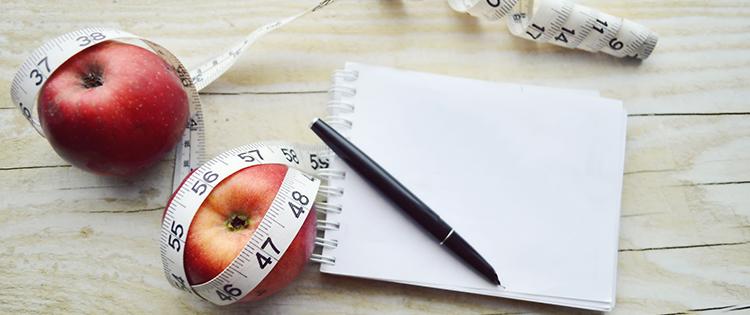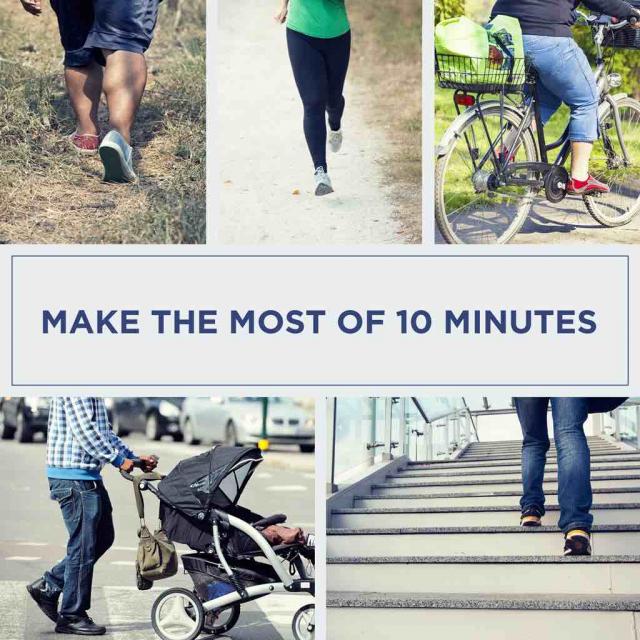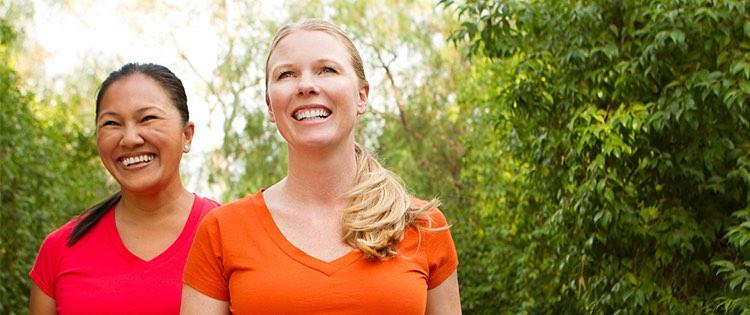Your age, height, body frame, and other factors determine what’s a healthy weight for you. Learn ways to reach your healthy weight.

The Importance of a Healthy Weight
Women who are overweight or obese (body weight at least 20% higher than it should be) can be at risk for serious health problems such as diabetes, heart disease, cancer, and pregnancy complications. Losing even a small amount of weight (5 to 10% of your total body weight) can reduce and sometimes reverse the risk.
Losing weight also may help you have more energy, less joint pain, and a better night’s sleep. If you’ve tried to lose weight in the past, you probably know that it’s a lot harder to lose weight than it is to gain it. But like most things that are good for you, weight loss takes time, effort, and discipline
The Role of Nutrition and Exercise
Nutrition
Healthy weight loss starts with a healthy diet. If you want to lose weight, you need to burn more calories than you eat and drink. It’s easier to cut calories from your meals than to burn off the same number of calories through exercise.
But, eating healthier doesn’t mean you have to make big changes all at once. Research shows that small changes in what you eat can lead to slow and steady weight loss over time. Safe weight loss involves healthy food choices and eating smaller portions. Try keeping a food diary to help you see both good and bad eating patterns.
Eating healthier also doesn’t mean you can’t eat delicious food. There are ways you can limit the calories in food and eat the foods you love and feel satisfied. Try baking foods rather than frying them. Swap ingredients in the foods you prepare to make them healthier. For example, try replacing ground beef with ground turkey, or swap butter with extra virgin olive oil.
Exercise
Regular physical activity can help you reach your short- and long-term weight loss goals. But exercise burns fewer calories than many people think. Here are some rough estimates of how much exercise it takes to burn off the calories of some favorite treats:
- Snack-sized bag of chips: 1 hour and 30 minutes of strength training
- Medium order of fries: Biking 1 hour and 35 minutes
- Energy bar: Climbing stairs for 25 minutes
- Large vanilla latte with whipped cream: Jogging for 50 minutes
- Large frozen yogurt with no toppings: 1 hour and 5 minutes on an elliptical machine
If you’re exercising regularly, you might notice you have a bigger appetite. This makes it easy to trick yourself into eating more than you need after exercising. Overeating after exercising can undo the hard work you’re doing to lose weight. Pay attention to portions when you eat after working out. Have a healthy snack before exercising to keep your appetite under control.
Adding muscle is a good way to increase the calories you burn when you're not exercising. If you want to lose weight and reduce body fat, strength training can help. You can lift weights, do push-ups or sit-ups, or do household or yard work that makes you lift or dig.
Setting Healthy Weight Loss Goals
Think Long-Term
Aim to develop lifestyle habits that will help you keep your weight in a healthy range now and in the future. A short-term diet that you go on and then go off is not the answer to long-term weight loss and management. Healthy weight loss means having a lifestyle that includes long-term changes in eating and exercise habits.
Take It Slow
Studies show that people who lose weight gradually and steadily are more successful at keeping weight off. Health experts recommend one to two pounds a week over the long run for healthy weight loss. That’s better than trying to lose a lot of weight all at once.
Set Small Goals
Break down a long-term goal into a series of smaller, short-term goals. This can make your plan more manageable and keep you accountable over the long haul. For example, if your goal is to lose 10 pounds in three months, you might have separate goals for each month. Maybe aim for four pounds in the first month and three pounds in each of the next two months, because early weight loss often is faster.
See the Big Picture
Eating healthier and being more physically active is good for your health, even if you don’t lose weight. Try setting goals beyond weight loss, focusing on how your body feels better and what it can do. Think about the other things healthy eating and physical activity might do for you, like learning how to cook healthier, trying new foods, and having more energy.
Track Your Progress
Keep track of progress toward your weight loss goals. There are lots of tracking tools available that can be used online or on your smartphone. Visit the App Store or Google Play to explore tools to track your progress on your smartphone.
Adjust Goals as Needed
Relying on healthful eating and physical activity most days of the week can help you achieve your weight loss goals in a healthy way. Holidays, vacations, and special events can mean setbacks on your weight loss journey, but you can always get back on track.







